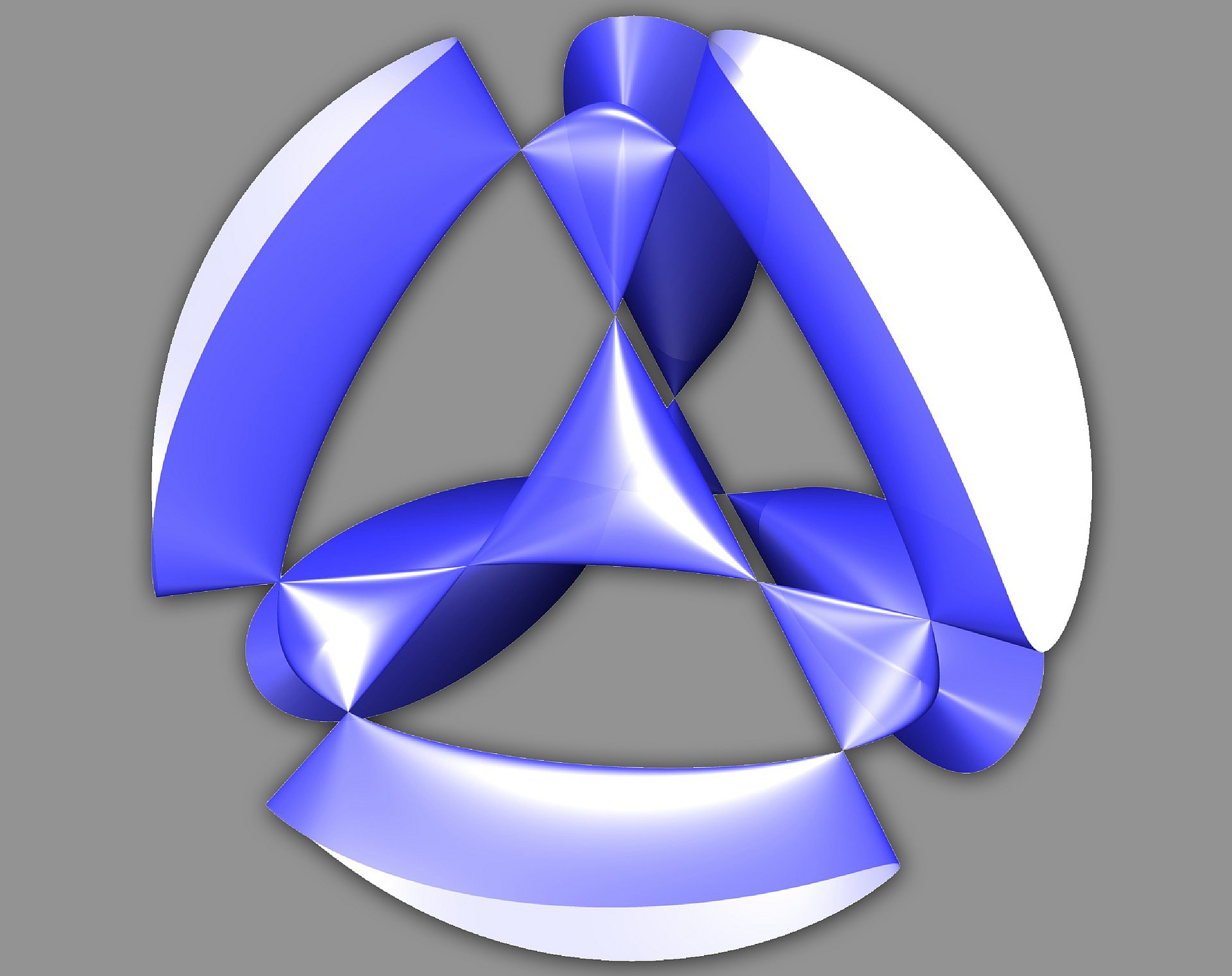Prestigious ERC Consolidator Grants for mathematics and medical imaging projects
Two more researchers selected

TUM has already been extremely successful in previous ERC funding rounds, receiving 59 ERC-Grants in total since 2008. Researchers can apply for a grant in one of three different categories in line with the experience and prestige they have gained in their field: a Starting Grant, a Consolidator Grant or an Advanced Grant. Including the two additional grants, ERC grants for TUM researchers amounted to EUR 22 million this year.
Prof. Dr. Christian Liedtke
Prof. Christian Liedtke from TUM’s Department of Mathematics. conducts research on algebraic geometry. This subfield of pure mathematics describes geometric objects using algebraic methods. Researchers call the geometric objects algebraic varieties, a comparatively well-explored category of which would be algebraic curves. These include lines, parabolas and hyperbolas, which many people may remember from their school days.
Liedtke’s interest lies in a more complex category of algebraic varieties known as K3 surfaces. He intends to use the ERC grant to study the properties of these surfaces in greater detail as part of the K3Crystal project. Liedtke uses the algebraic concept of crystals in this work – which is not directly related to actual crystals like salt grains or gemstones. It is possible to assign such a crystal, which can be described highly accurately using mathematical methods, to each K3 surface. The infinite number of K3 surfaces and crystals can be further classified using what are termed moduli spaces. Assigning crystals and K3 surfaces to each other also aligns their moduli spaces. Liedtke hopes to use crystals to gain a better understanding both of K3 surfaces and their moduli spaces, and conversely to learn more about crystals and their moduli spaces by examining K3 surfaces. He would like to create a kind of bilingual dictionary for both sides. Another of Liedtke’s aims in this project is to develop tools to classify other categories of algebraic varieties.
Liedtke has been a Tenure Track Assistant Professor in algebraic geometry since 2013. He has already received a research grant, for instance, from the German Research Foundation (DFG) for his work.
Prof. Dr. Daniel Razansky
Prof. Daniel Razansky from the Department of Medicine has been awarded a Consolidator Grant to develop new technology for visualizing fast activity patterns of large neural cell populations in the whole mouse brain. Observations of this type are currently not possible with the existing neuroimaging tools. "If our work is successful, vast progress in understanding of brain's function and development of new treatments for neurological and psychiatric disorders is expected," says Razansky.
The new hybrid optoacoustic and ultrasound imaging technology will make use of pulsed laser light that induces tiny ultrasound vibrations in living cells. The generated signals are picked up by multiple sensors and converted into three-dimensional images in real time. The imaging method is entirely non-invasive and uses near-infrared light safe for animal and human use. Razansky will use the Consolidator Grant to overcome a number of significant technological and physical barriers preventing non-invasive recording from a very large number of neurons.
Daniel Razansky is Professor of Molecular Imaging Engineering at the Department of Medicine and leads a research group at Helmholtz Zentrum München. In 2010, the ERC has already funded the development of his real-time optoacoustic imaging technology with a Starting Grant. Razansky also received the German Innovation Award in 2014 for his part in the invention of the multispectral optoacoustic tomography (MSOT).
Weitere Informationen
You can read about the other projects singled out in the 2015 round of ERC grant awards here.